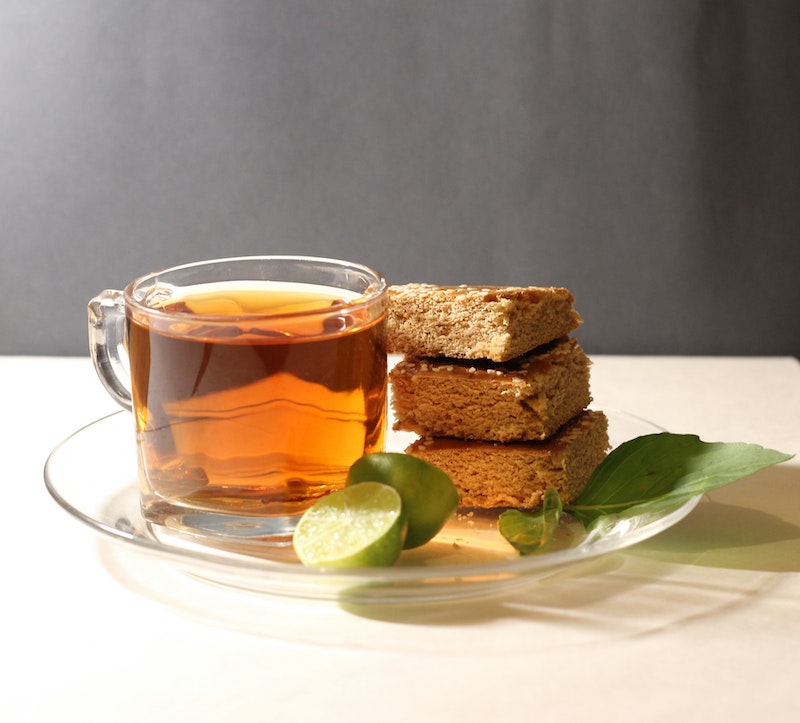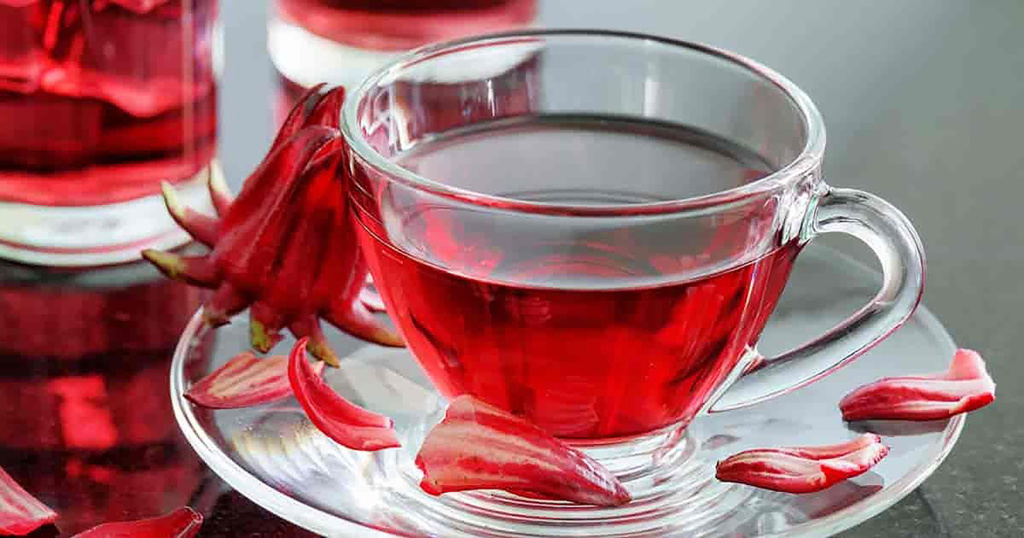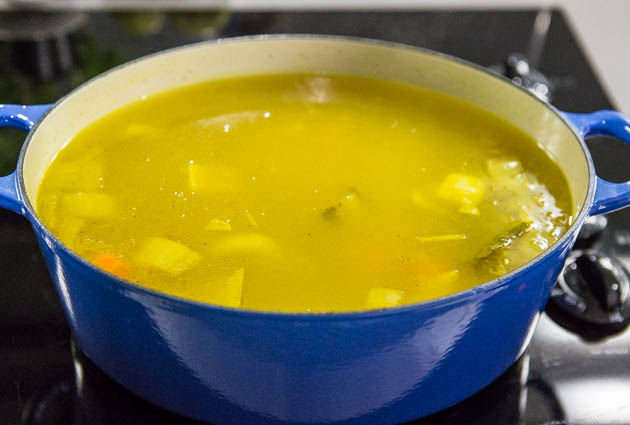Tea is grown year-round on both small- and large-scale gardens that are located in the forested highlands in the south and southwest regions, where the 2100-meter elevation is ideal. Around 7000 tons are produced annually, with over half of that consumed within the country. Nearly all the exported tea is black tea.
Tea plants were introduced into Ethiopia in 1927 due to its increasing popularity, although the industry has struggled over the years. Although more land was devoted to tea in 2020, production didn’t keep up.
Currently, tea leaves—two leaves and the bud—are hand plucked and put into bamboo baskets that the workers (primarily women) carry on their backs. For green tea, the leaves are simply dried; for black tea, they are first oxidized. All tea is supervised by the Ethiopian government and meets Global Good Agricultural Practices.
Although tea, is certainly grown in Ethiopia, “Ethiopian Tea” refers to the beverage that is enjoyed by consumers in the country—and that means spiced tea. Whole or ground cardamom, cloves, cinnamon, ginger, and nutmeg are commonly listed with a sweetener optional. Unlike chai, however, milk is never added.
Recipe for Ethiopian Tea (Shai)
16 ounces of water
14 whole cloves
7 whole cardamom pods
2.5 inches of cinnamon stick
Bring to a boil in a pot on the stove. Turn off the heat, and let the mixture sit for 6 minutes.
OR
1 teaspoon ground cardamom
1/2 teaspoon ground cinnamon
1/8 teaspoon ground nutmeg
1/8 teaspoon ground cloves
Ginger root (1 slice, 1/4-inch-thick)
1 cup water
Stir all ground spices together in a small bowl.
Bring water to a boil. Add 1/8 teaspoon spice mixture and ginger and simmer 4 minutes.
Pour tea through a fine sieve lined with a coffee filter or paper towel in a cup.



